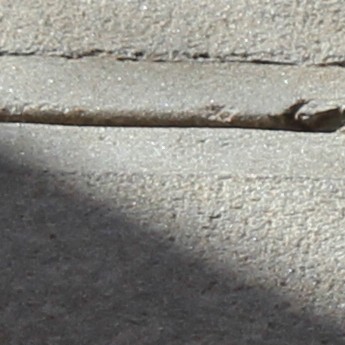Forty years after his first film, Victor Erice is still regarded as one of Spain’s premier filmmakers. Despite his compact filmography composed of three films, Erice continues to attract the interest of not only film critics but also scholars of the Spanish civil war and the repressive decades under Franco. The Spirit of the Beehive (1973) was filmed just two years before the passing of Franco and the end of his autocratic government. The South (1983), on the other hand, was produced ten years later, during democratic times, albeit transitional and unstable ones. Both movies are set during the 1940s, just a few years after the end of the civil war and the institution of the Nationalist government. Even though the plot of either film does not involve the Civil War in any direct way, the consequences of the war quietly haunt the narrative and physical space of the films.
The Spirit of the Beehive tells the story of Ana and her family, composed of Isabel, her older sister, the father, Fernando, and the mother. The ages of Ana and Isabel are not specified, but they are about 5 and 9 respectively. The South also presents the story of girl named Estrella, but this time the voice-over of the adult Estrella serves to recount and thus organize the memories of her past.
The films are teeming with hints to the internal war that has separated friends, families, and lovers. Although no one would dispute that both movies remain prime examples of realist cinema, the more prevalent qualifications to describe them over the years have been: poetic, deeply symbolical, allegorical, mysterious, enigmatic, and inconclusive. That is because despite Erice’s calm and bare cinematic aesthetics, his films are also imbued with reticent, almost secretive expressiveness. The perceptual experiences and thematic possibilities are heightened upon what appears to be a relatively simple plot, involving the coming of age of a child protagonist in the midst of a family very quietly rife with unmet emotions that are never confessed.
Rather than attempting an exhaustive analysis of the films, I focus on the mise en scene and other forms of spatial organization. Erice’s camera prefers long, deep and static shots, which sometimes precede and linger after actions by the characters or mere movement occurs. This type of lingering framing may contribute to nurturing an enigmatic atmosphere throughout the films. But it seems to be that Erice’s preference for long and deep shots is not simply for diegetic or thematic purposes. It is primarily a formal choice that alters the overall montage of the films.
Erice’s method of framing and cutting his shots and sequences does not reflect a desire to generate a coherent and unified narrative about the child protagonists and their families. Neither is his method one that merely attempts to obfuscate and complicate the narrative out of a modernist preference for the fragmentary. Without sacrificing the diegetic flow, Erice’s elliptical method enhances the aesthetic composition of his shots and sequences to afford them a painting-like quality that strangely enhances their polysemic character.
